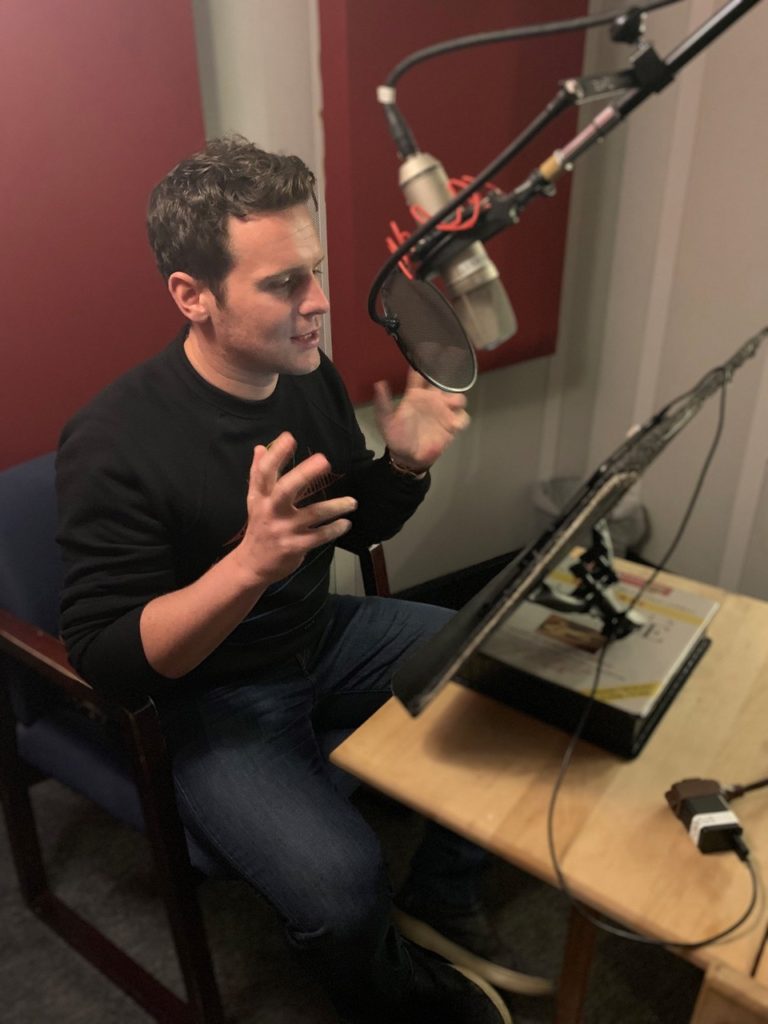Finding Patterns in the Aftermath of Crimes
Without question, the most well known aspect of what profilers do in an investigation is put together a composite of the UNSUB — the killer, rapist or other “unknown subject” at large.
Since acting as technical consultant to the novel The Silence of the Lambs and its film adaptation — and watching both skyrocket in popularity — I’ve seen the public become utterly fascinated with this facet of profiling. I can understand that fascination; it was part of what drove me like a madman during my years with the bureau, and since.
Profiling the UNSUB is, in the simplest terms, coming up with a reasonable composite of the person, or people, who committed one or more crimes. Profilers are often called in to assist with investigations of serial offenders. In these instances we have more than just one crime scene and one set of circumstances to work with. This helps because it gives us the opportunity to “connect the dots” — to find patterns by looking at what the UNSUB left behind.
Connecting the dots
What is left behind might include:
- witnesses who can give us a physical description of the UNSUB. While witness descriptions often conflict with one another, the details that are the common denominators in their accounts are extremely useful.
- a crime scene filled with behavioral and forensic clues, from the location itself to objects the killer might have taken as souvenirs to his own hair or blood.
- a living victim, if we’re all really fortunate, who can describe the attacker and how he behaved during the assault.
- more often, unfortunately, a body. You can tell a lot about the UNSUB from the condition of the victim’s body, from the specific acts of violence perpetrated against the victim to whether he covered her face (often a sign of shame on the killer’s part) or, sick as it is, defecated on her body (obviously, a sign of anger and disrespect).
Sometimes one or two facets of what was left behind speak louder than the rest in detailing who the UNSUB is. I found this to be true when, in 1980, I was called in to profile the “Trailside Killer” in San Francisco. Between August 1979 and November 1980, he’d killed seven people in Mount Tamalpais and Point Reyes parks — six women and two men, all attacked from behind and killed blitz-style, either by a single bullet to the back of the head or multiple stab wounds.
Attacks in the middle of nowhere
There were many elements to the profile I developed of this UNSUB, including his age, intelligence and employment status. But I was led to one specific characteristic by the nature of the crime scenes and the types of attacks.
The murders had all taken place in wooded, secluded locations inaccessible by car. I wondered why the guy attacked so quickly in such isolated spots. The fact that he had to rely on such rapid assaults in the middle of nowhere told me something extremely important: There’s something wrong with him, I remember thinking, something he’s awkward about or ashamed of.
Even as I began considering what it could be, I was imagining the looks on the faces of the veteran officers I’d be making my presentation to. But I couldn’t let the possibility of scrutiny or even ridicule hinder me.
Narrowing the field
I thought it through. Maybe he’s really unattractive, with terrible acne scars or a facial deformity. But I had to rule that out; there were enough people in the parks on the days of the murders that it was likely someone would’ve come forward to say they’d seen an unusual-looking guy walking around.
What about a limp or missing appendage? The above reasoning applied to those possibilities as well. But the speed and efficiency of the murders meant the UNSUB probably didn’t have a physical impairment.
That left something less obvious but equally emotionally troubling for the killer, something others wouldn’t know about until he opened his mouth — like a speech impediment.
My suggestion to the San Francisco police that the “Trailside Killer” had a speech impediment was met with varying responses, from interest to incredulity to downright laughter. Someone even asked if I was a psychic.
A severe stutterer
A profiler’s ability to ferret out this type of detail comes after years of study and experience and the careful application of inductive and deductive reasoning. This means we start with the specific information (including what the UNSUB left behind) and combine that with general trends we’ve observed in other crimes and use both to reach conclusions about the UNSUB we’re profiling.
All of this, wrapped up neatly, makes for what often feels like a very intuitive decision, like the one I’d made in this instance. I knew I could be off base and conceded as much to the police, but I felt that I was right about the killer having a speech impediment.
Turns out the killer was a severe stutterer who had been traumatized by the ribbing he’d taken as a child. According to a victim of an early attack who managed to get away, the killer’s stutter disappeared completely right before and during his attacks


























